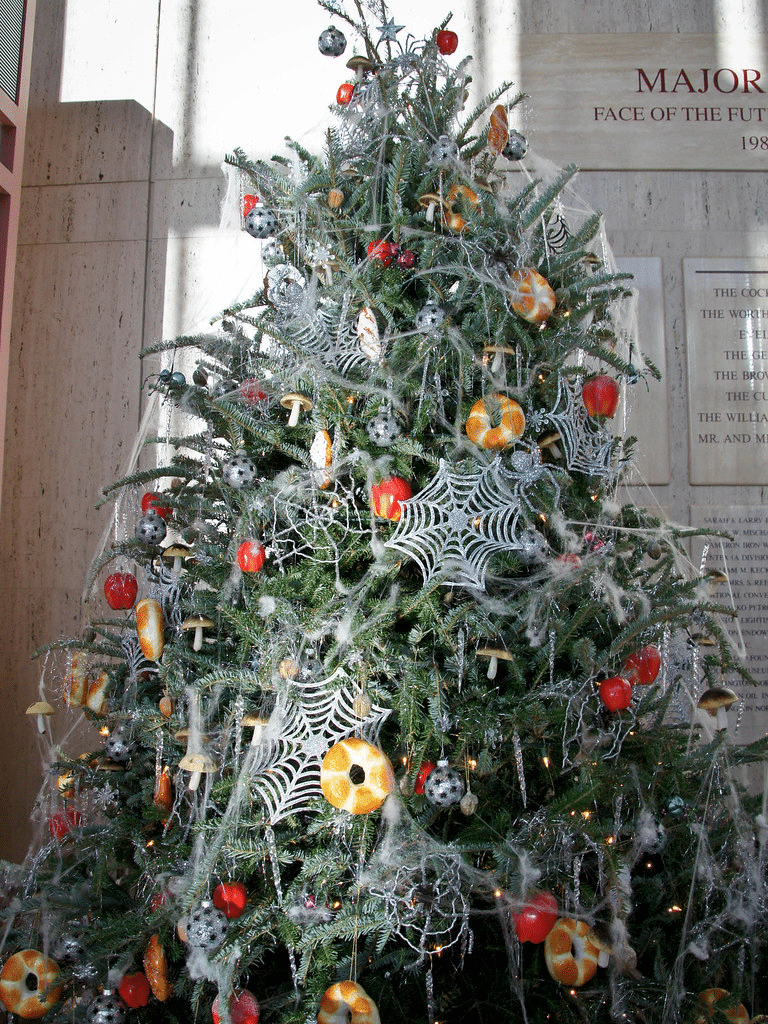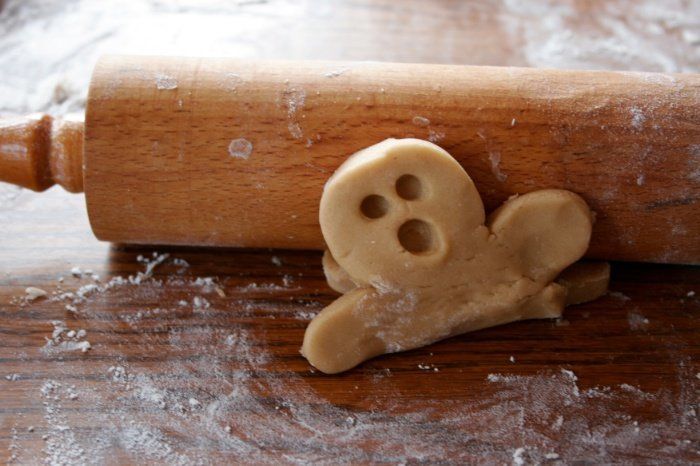From eating KFC meals on the 25th of December to caroling with dead horses, there are many holiday traditions you wouldn’t necessarily see in a Christmas movie. However, they are real in places where these traditions are celebrated. Discovering more about these traditions helps us see why people celebrate them. Here are five of these bizarre holiday traditions.
El Caganer in Spain
Forget about the Elf on a shelf, in Spain, el Caganer is the most iconic figurine of Christmas. Alternatively called the defecator, the porcelain figurine depicts a man squatting with his pants down.
Although the actual legend that birthed this tradition isn’t known, el Caganer figurines are placed in Christmas Nativity scenes to symbolize hope and fertility. It’s believed that the absence of a Caganer in a Christmas Nativity scene caused poor harvest.
The Yule Cat in Iceland
Speaking of Christmas traditions, this one is scary and funny at the same time. According to folklore, the Yule Cat is a vicious kitty that eats people with no new clothes to wear before Christmas Eve.
Farmers often used this Icelandic folklore to motivate their workers to finish working on the Autumn wool before Christmas; workers who took no part in processing the wool would get no new clothes for Christmas, and they’d be eaten by the monster. Of course, they always leveled up!
Spider Web Christmas Tree in Ukraine
This holiday tradition originated from a folklore. According to it, a poor family grew a Christmas tree from a pinecone. Since they were poor, they couldn’t afford to decorate the tree. To their surprise, spiders had made webs around the tree overnight.
Ukrainians continue to decorate their Christmas tree branches with spider webs. This is believed to bring good luck into the coming year. This means you don’t have to bother splurging on Christmas tree embellishments if you’re celebrating the holiday in Ukraine.
La Befana in Italy
While Santa Claus is the iconic Christmas character in the United States, La Befana takes the crown in Italy. La Befana is a good witch believed to fly around Italy on her broom and deliver candy, clothing, and toys to kids through a chimney.
La Befana only gives gifts to good kids; parents often use the good witch as an incentive. On every Eve of Epiphany (January 5), people usually leave out broccoli with spiced sausage and a glass of wine for Befana. In return, kids find treats in their stockings the next day.
Dead Horse Carols in Wales
From the history of the tradition, it is believed to come from the ancient Celts and is also called the Mari Lwyd tradition. It involves someone dressing as a horse and parading with a real horse skull in the accompaniment of a group of people.
Singing carols in exchange for gifts like drinks and food, the group will go from home to home. This holiday tradition doesn’t have a fixed date. People celebrate it between the Christmas period and late January.








